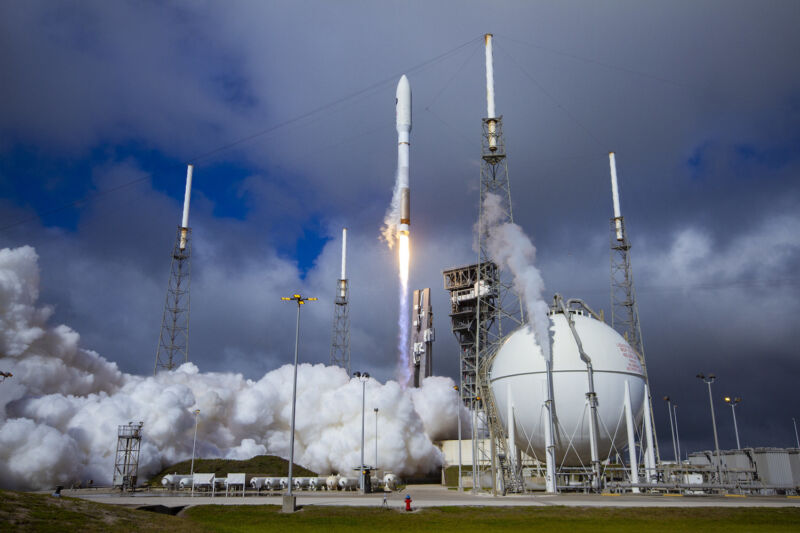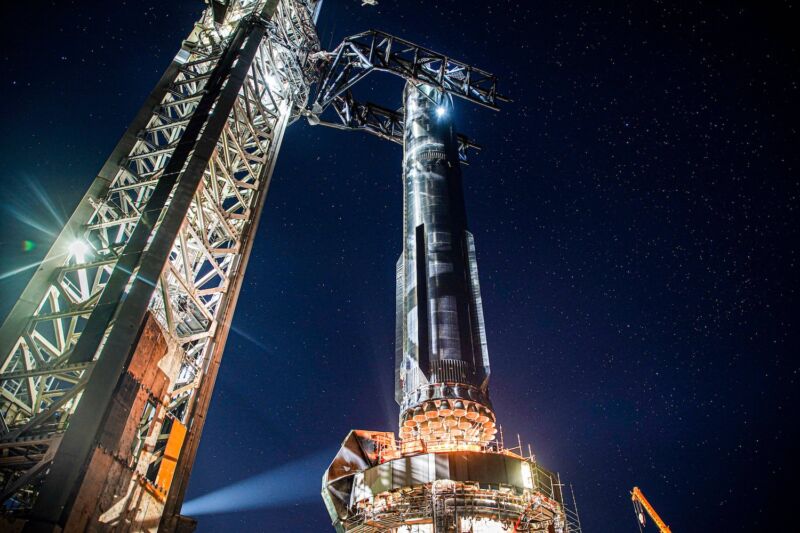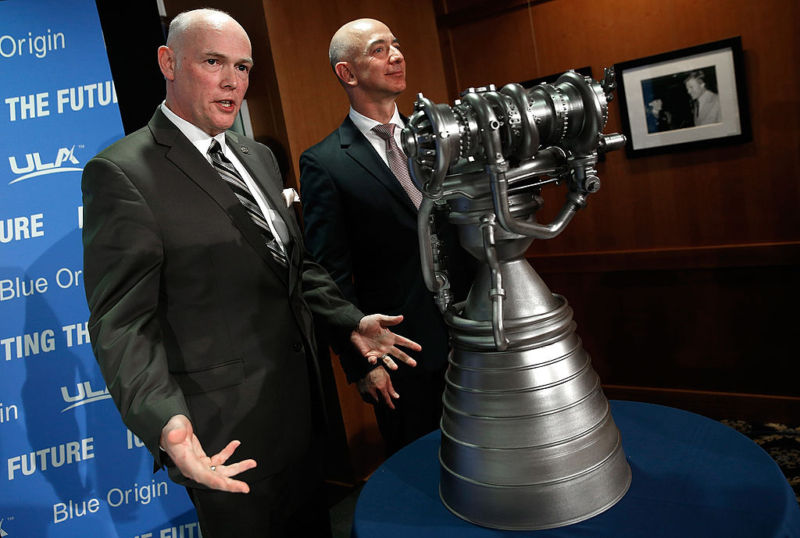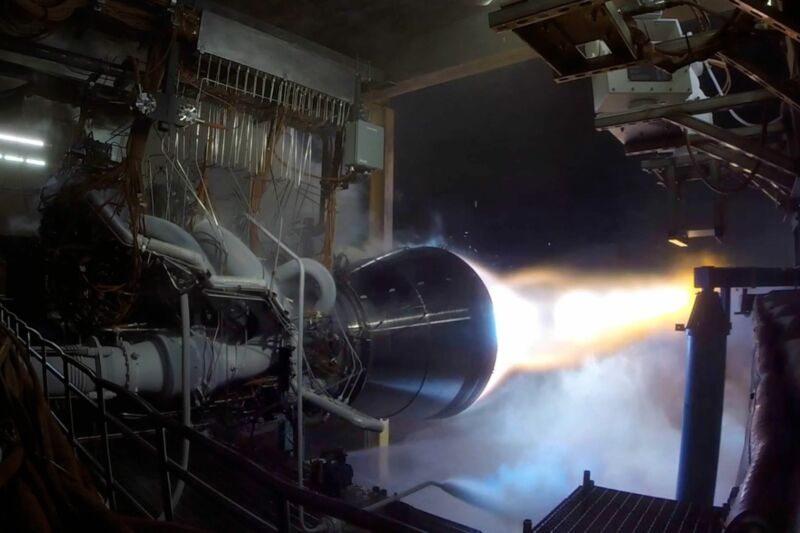-
 chevron_right
chevron_right
The Delta IV Heavy, a rocket whose time has come and gone, will fly once more
news.movim.eu / ArsTechnica · Wednesday, 27 March - 23:15
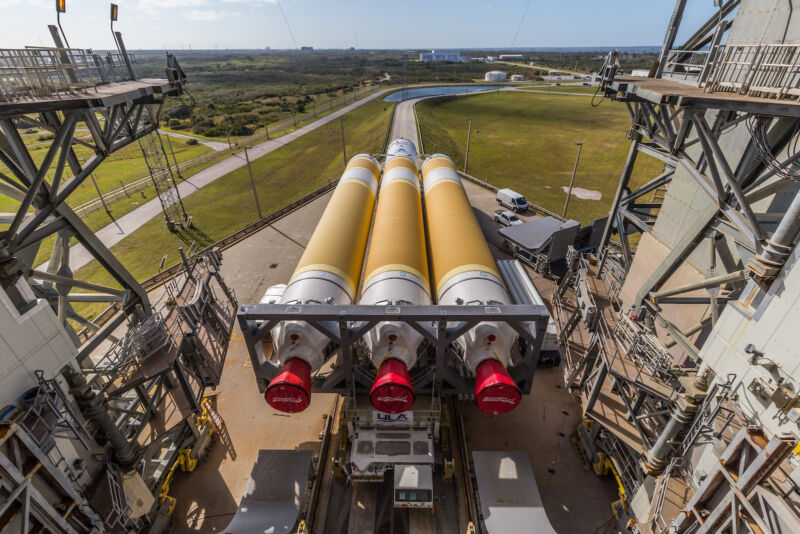
Enlarge / United Launch Alliance's final Delta IV Heavy rocket, seen here in December when ground crews rolled it to the launch pad at Cape Canaveral Space Force Station, Florida. (credit: United Launch Alliance )
This is the rocket that literally lights itself on fire before it heads to space. It's the world's largest rocket entirely fueled by liquid hydrogen, a propellant that is vexing to handle but rewarding in its efficiency.
The Delta IV Heavy was America's most powerful launch vehicle for nearly a decade and has been a cornerstone for the US military's space program for more than 20 years. It is also the world's most expensive commercially produced rocket, a fact driven not just by its outsized capability but also its complexity.
Now, United Launch Alliance's last Delta IV Heavy rocket is set to lift off Thursday from Cape Canaveral Space Force Station, Florida, with a classified payload for the National Reconnaissance Office, the US government's spy satellite agency.

